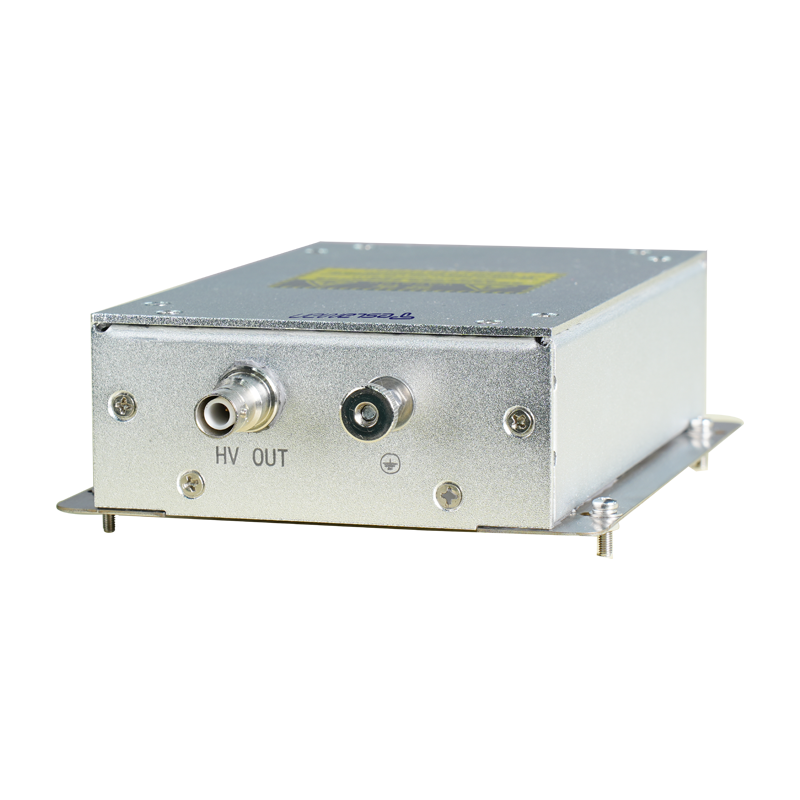Intelligent Discharge Channel Regulation for High-Voltage Power Supply in Excimer Lasers
Excimer lasers (e.g., KrF, ArF lasers) are widely used in semiconductor lithography, precision material processing, and medical laser fields due to their short wavelength (193-248 nm) and high energy density. The stability of the discharge channel of high-voltage power supplies is the core factor determining the output power uniformity and pulse consistency of excimer lasers. Traditional high-voltage power supplies for excimer lasers adopt fixed electrode spacing and electric field distribution design. During discharge, factors such as changes in gas medium (e.g., fluoride mixed gas) concentration and electrode oxidation easily cause discharge channel deviation, contraction, or multi-channel breakdown. This leads to laser pulse energy fluctuation exceeding ±5%, resulting in local overexposure of wafers in lithography applications and potential impact on surgical precision in corneal refractive surgery.
The intelligent discharge channel regulation technology realizes adaptive optimization of the discharge process through a closed-loop system of "real-time monitoring - dynamic decision-making - precise execution." In the monitoring layer, this technology adopts a dual-sensor fusion scheme: an optical fiber spectrum sensor real-time collects the spectral distribution of discharge plasma (judging channel uniformity through characteristic spectral line intensity), and a high-frequency current sensor synchronously captures the discharge current waveform (identifying channel breakdown position), with a data sampling frequency of 1 MHz to ensure no-delay capture of channel abnormalities. In the decision-making layer, a regulation model is built based on the fuzzy PID control algorithm, converting parameters such as spectral uniformity and current waveform deviation into adjustment instructions for electrode spacing and electric field intensity. For example, when the spectrum shows a decrease in the edge intensity of the channel, the algorithm immediately determines channel contraction and outputs an instruction to "increase electrode spacing by 0.1 mm + increase edge electric field intensity by 5%." In the execution layer, a flexible electrode mechanism driven by piezoelectric ceramics is used, with a response speed of 10μs, enabling nanoscale precision adjustment of electrode position, while real-time optimizing electric field distribution through a variable capacitor array.
The application of this technology significantly improves the stability of excimer laser equipment: in ArF excimer lasers for semiconductor lithography, laser pulse energy fluctuation is controlled within ±1.5%, with no channel abnormalities during 8 hours of continuous operation; in the medical laser field, the corneal ablation precision error is reduced to below 5μm, and the incidence of surgical complications is decreased by 40%. Additionally, intelligent regulation extends the electrode service life (from 500 hours to 1200 hours) and reduces equipment maintenance costs, providing reliable power support for the industrial application of high-power excimer lasers.




















